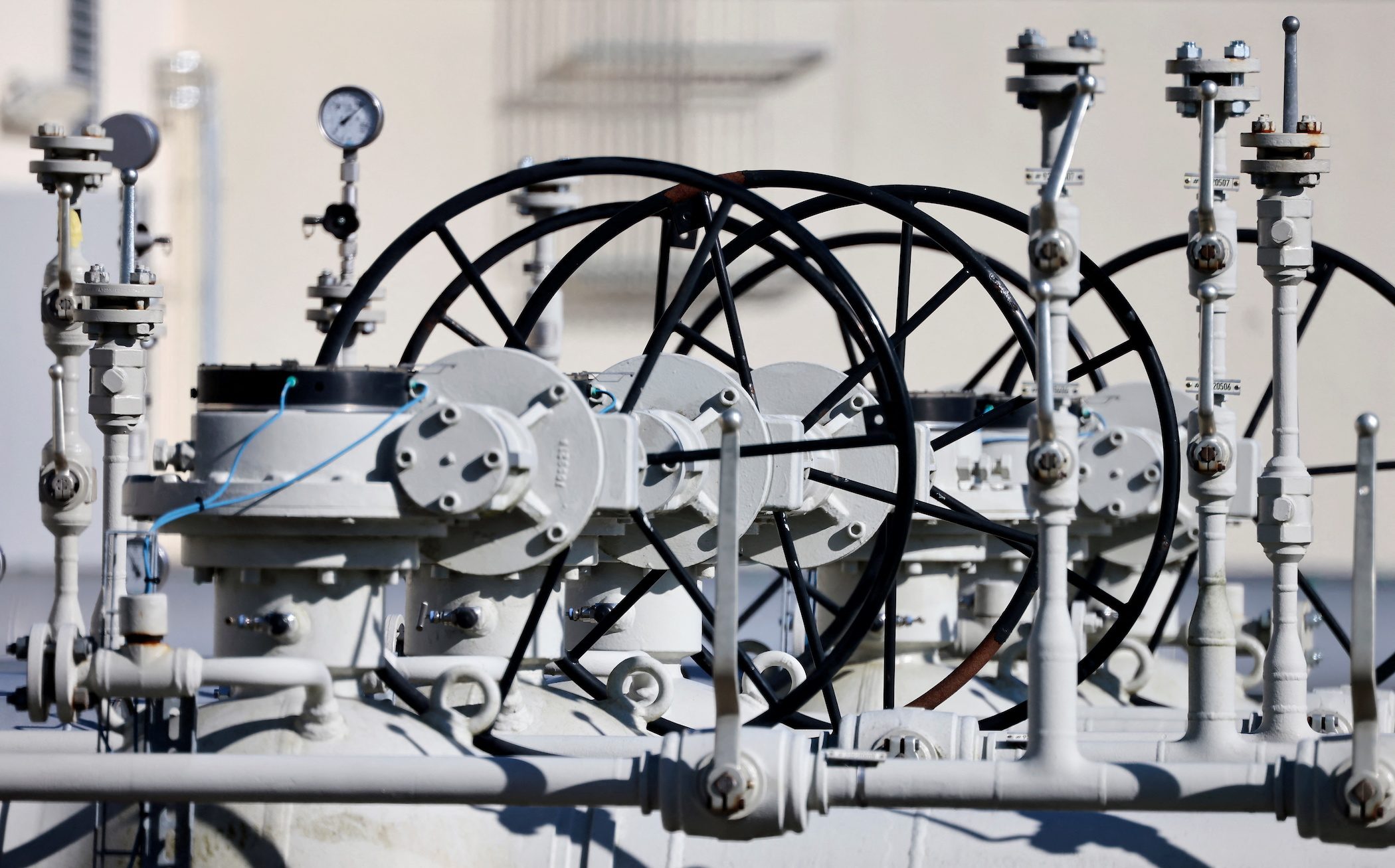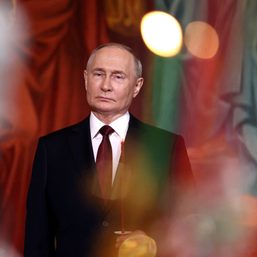SUMMARY
This is AI generated summarization, which may have errors. For context, always refer to the full article.

FRANKFURT, Germany – Germany on Thursday, June 23, moved to stage two of its three-tier emergency gas plan after Russia reduced deliveries via the Nord Stream 1 pipeline, though for the time being there will be no government rationing of the fuel.
Here is a closer look at the three stages, which are all set by Germany’s economy ministry:
1. EARLY WARNING PHASE
- This stage is triggered when there are “concrete, serious, and reliable indications that an event may occur which is likely to lead to a significant deterioration of the gas supply situation and probably to the alarm or emergency level.”
- Gas companies continue to ensure supplies, there are no supply disruptions yet.
- Gas transmission system operators (TSOs), or network operators, update Germany’s economy ministry at least once a day on the supply situation.
- Electricity TSOs coordinate to ensure the stability of their grids.
- Gas suppliers advise the government and are part of the crisis team.
- The government immediately informs the European Commission about potential further measures, which can include revoking the early emergency status if the conditions are no longer met.
2. ALARM PHASE
- This stage is triggered when there “is a disruption in the gas supply or an exceptionally high demand for gas which leads to a significant deterioration of the gas supply situation, but the market is still able to cope with this disruption or demand without the need to take non-market based measures.”
- It kicks in when there is a high risk of long-term supply shortages of gas, and theoretically enables utilities to pass on soaring gas costs to industry and households. Germany’s economy ministry on Thursday said, however, that this clause had not been triggered.
- There are no changes compared with the first phase, but all market players, including TSOs and gas suppliers, are under more pressure to balance out disruptions via efficiency and short-term measures such as procuring gas from alternative sources.
3. EMERGENCY PHASE
- This stage is triggered when there “is an exceptionally high demand for gas, a significant disruption in gas supplies, or another significant supply situation and all relevant market-based measures have been implemented, but gas supply is insufficient to meet the remaining gas demand so that additional non-market based measures need to be taken, in particular to ensure the supply of gas to protected customers.”
- State intervention kicks in because market fundamentals no longer apply, effectively meaning that remaining gas supplies are rationed.
- This is done by the German network regulator, the Bundesnetzagentur, which is tasked with securing the “vital demand for gas with special consideration of protected customers and minimizing consequential damage.”
- In broad brush terms, supply to industry is curtailed first, while households and critical institutions such as hospitals continue to receive available gas.
– Rappler.com
Add a comment
How does this make you feel?





There are no comments yet. Add your comment to start the conversation.